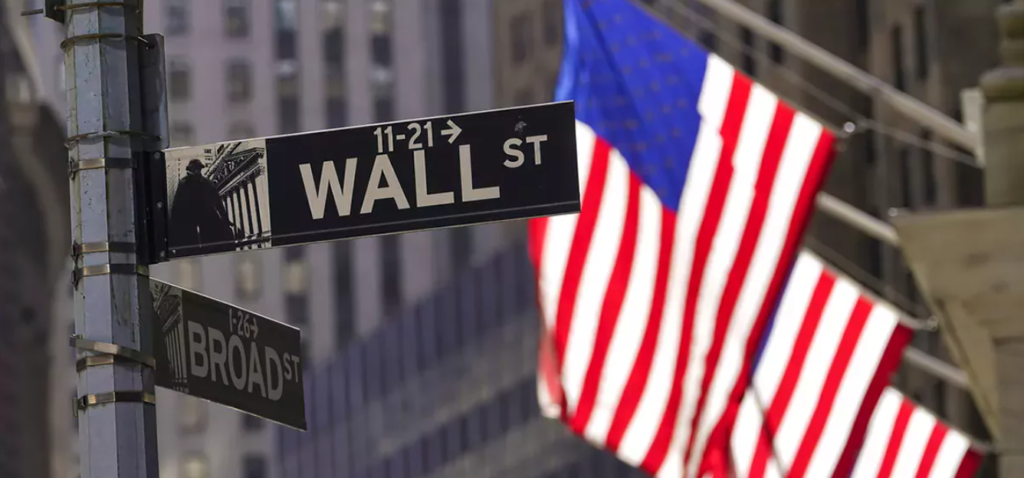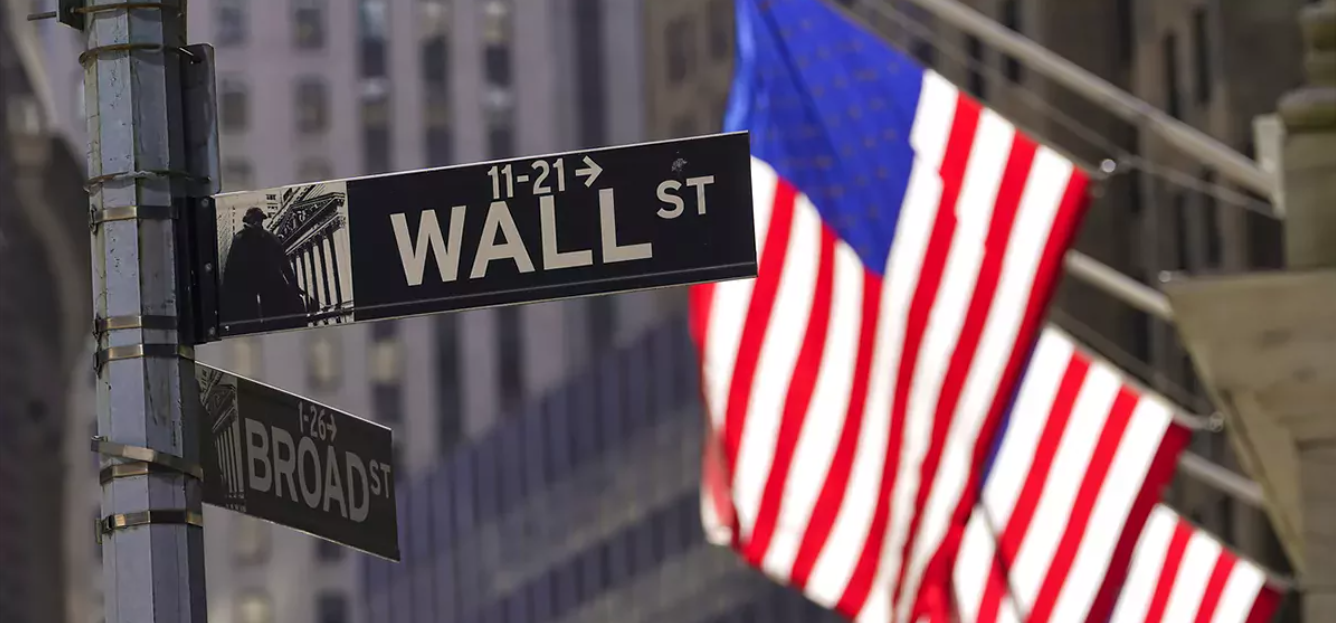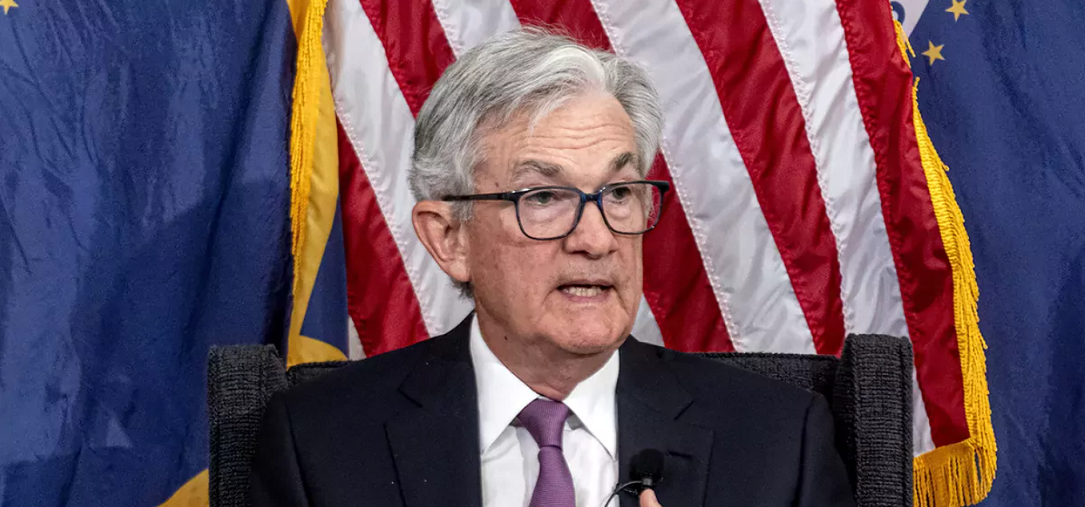
François Christen
Chief Economist
Current investors' exuberance tends to justify opportunistic and tactical profit taking.
Original article published on agefi.com

A wind of optimism has been blowing through the financial markets since the beginning of 2023, and bonds are playing a significant role in this confusing January “rally”. The decline in long-term yields in dollars and euros after an episode of tension at the end of December is obviously favorable to growth stocks that suffered so much in 2022. In the corporate credit market, risk premiums have melted like snow in the sun, falling from 185 to 140 basis points on average in the global investment grade universe and from 615 to 460 basis points in the high yield segment!
This increased appetite for risky assets is underpinned by the hope, widely shared on Wall Street, that the cycle of monetary tightening led by the Federal Reserve will soon be over. The “consensus” now expects only two small 0.25% increases in the Fed funds rate to a terminal level of between 4.75% and 5%. Jerome Powell did not comment on this prediction in his first speech of the year devoted to central bank independence. However, some of his colleagues confirmed that a 0.25% interest rate hike would probably be appropriate in February.
After positive surprises in October and November, the inflation figures released in the US were in line with expectations in December. The consumer price index fell by 0.1%, leading to a drop in annual inflation from 7.1% to 6.5%. This slowdown was mainly triggered by the recent decline in oil prices. Excluding energy and food, “core” inflation was 0.3% month-over-month and 5.7% year-over-year, a pace that remains problematic given the Federal Reserve’s 2% target. In short, the decline in inflation is welcome, but is not enough to allow the central bank to “pivot” and focus its efforts on stimulus.
Recent activity indicators reveal a recovery in consumer confidence (64.6 in December after 59 in November) and a robust labor market, as evidenced by the low level of initial jobless claims (205,000 in the latest weekly reading). These symptoms of strength and the decline of the dollar could hinder the downturn in inflation and prompt the Fed to turn more hawkish in the coming weeks.
A wake-up call from Jerome Powell and his colleagues could break the bullish momentum in equities and long-term bonds, which have lost much of their appeal after the sharp decline in yields seen over the past three months. The rapid rebound in stock market indices and the sharp decline in bond yields therefore seem to provide an opportunity for tactical profit-taking before a new “risk-off” episode occurs, caused by persistent inflation or the materialization of the recession risks that are hanging over the Western economies.









